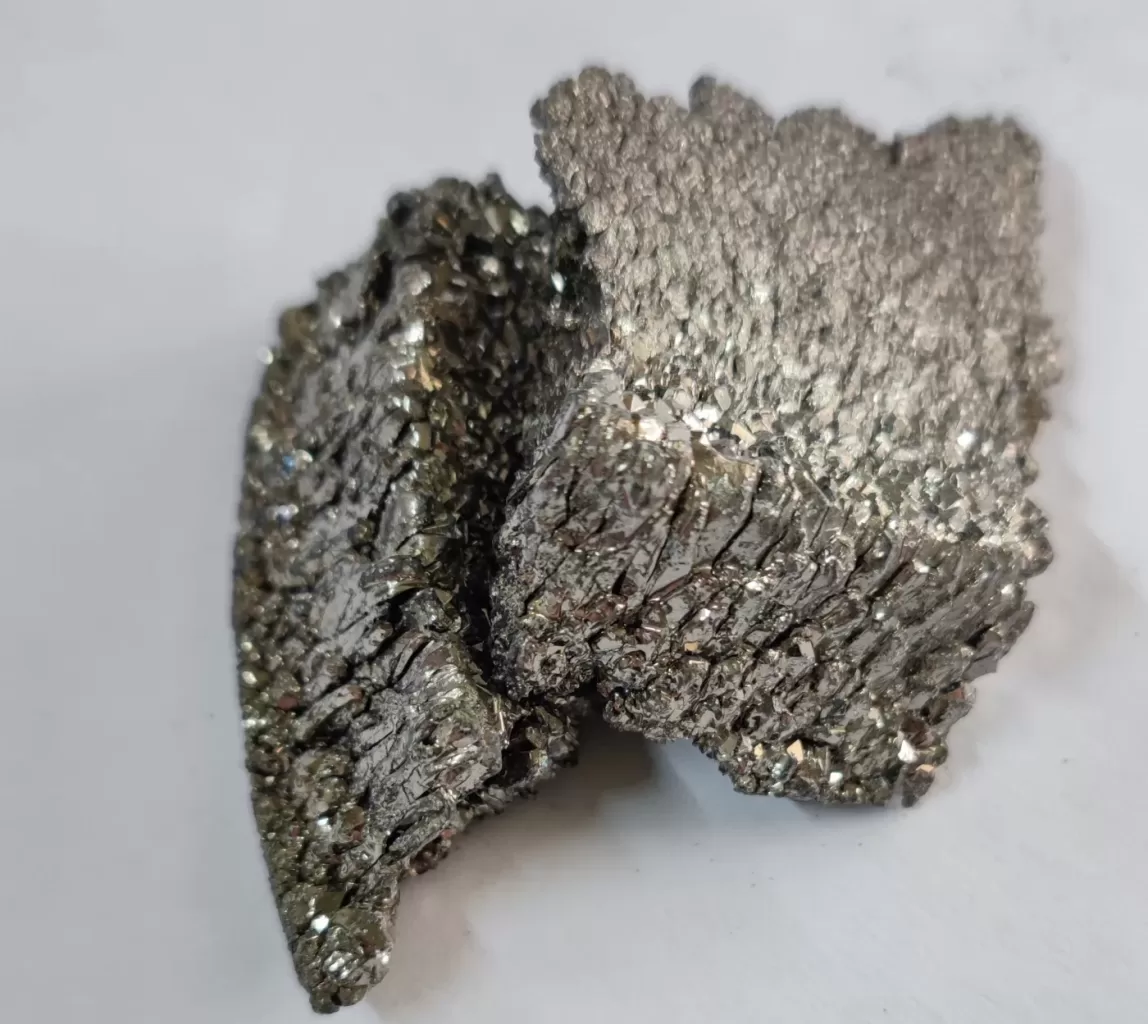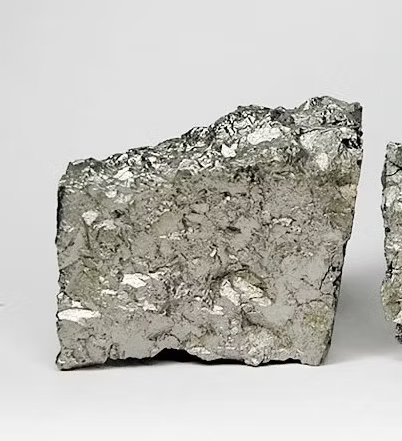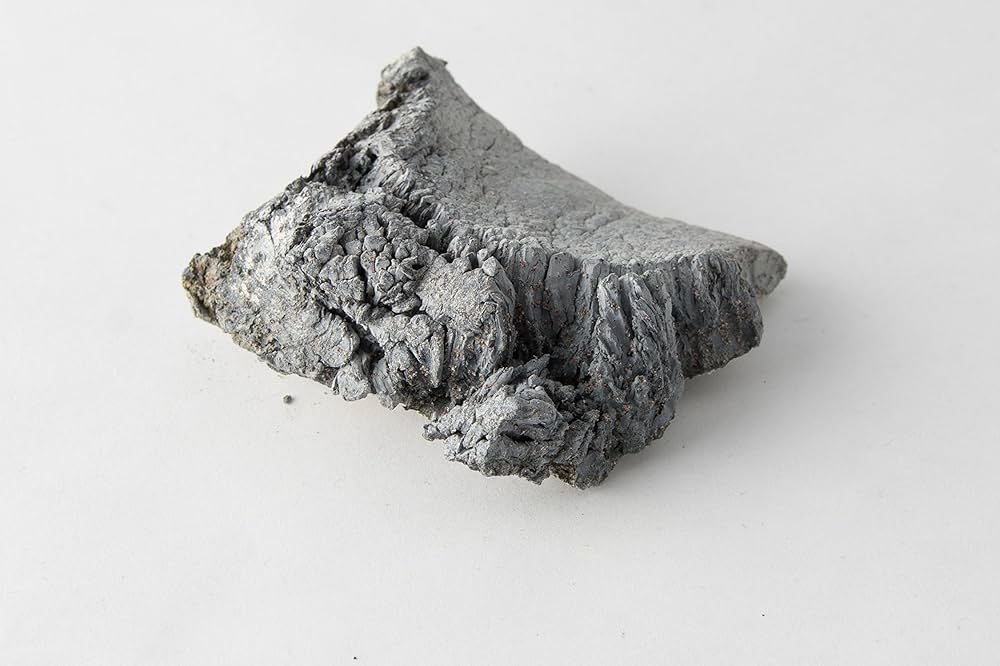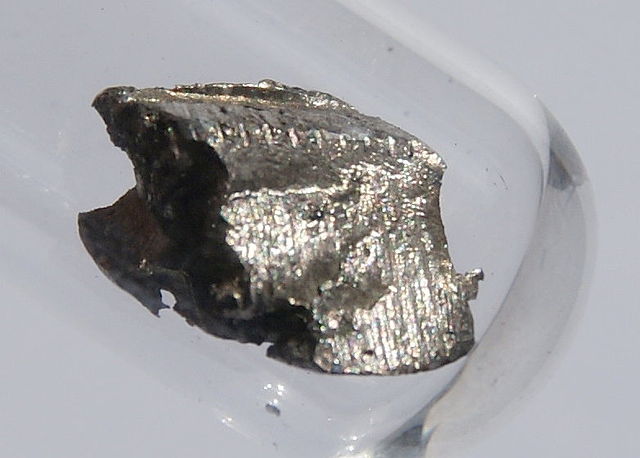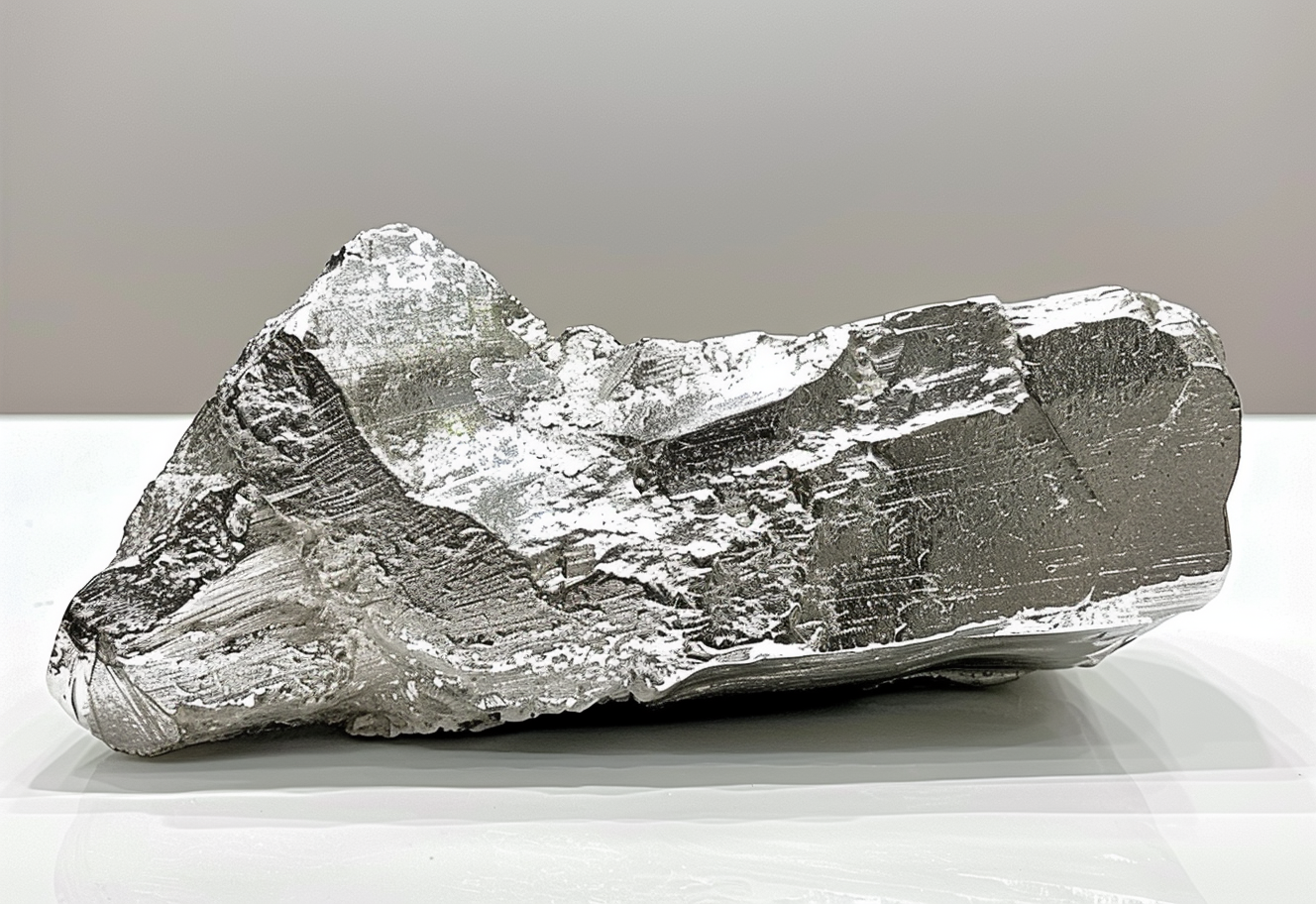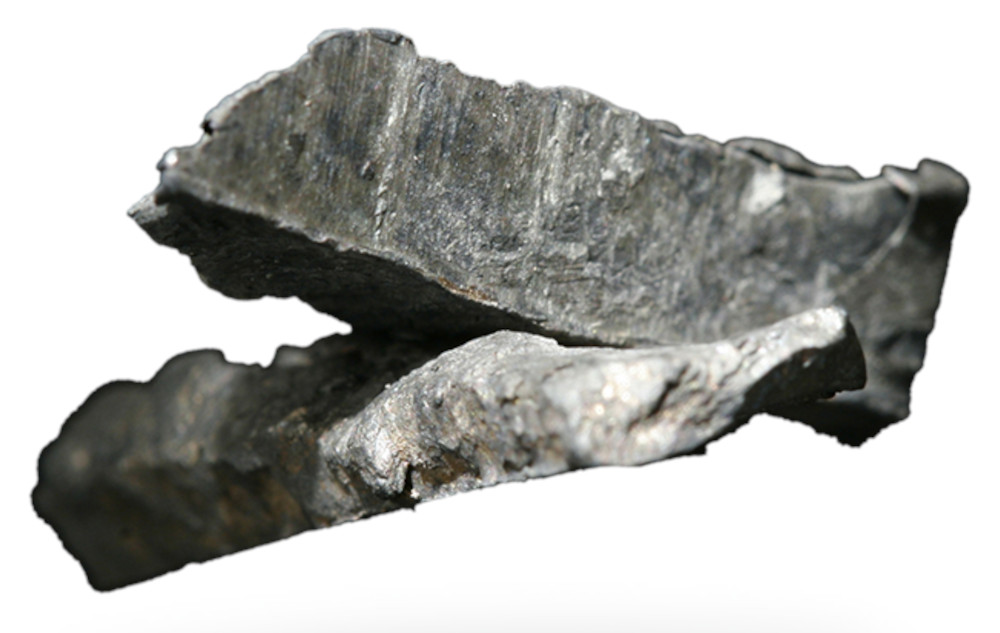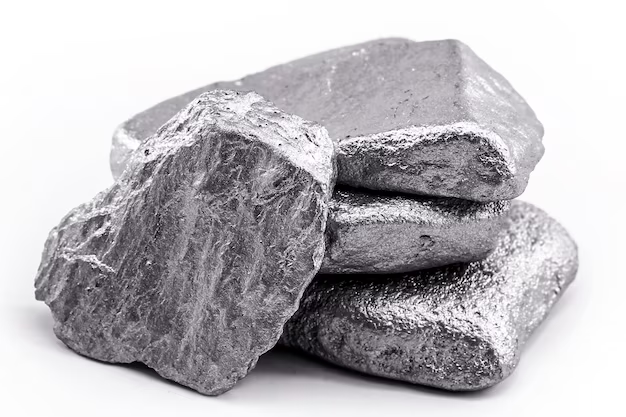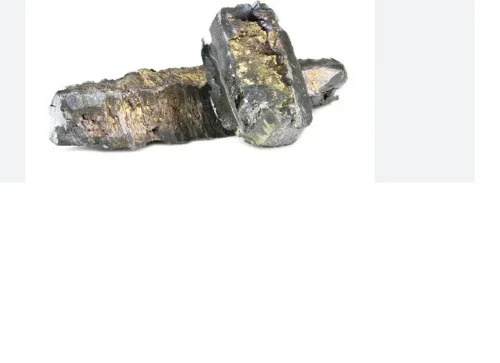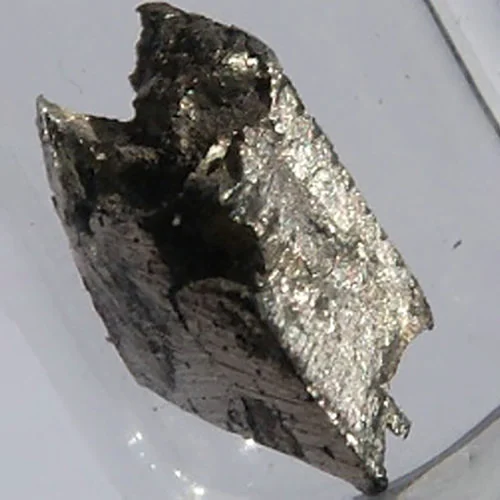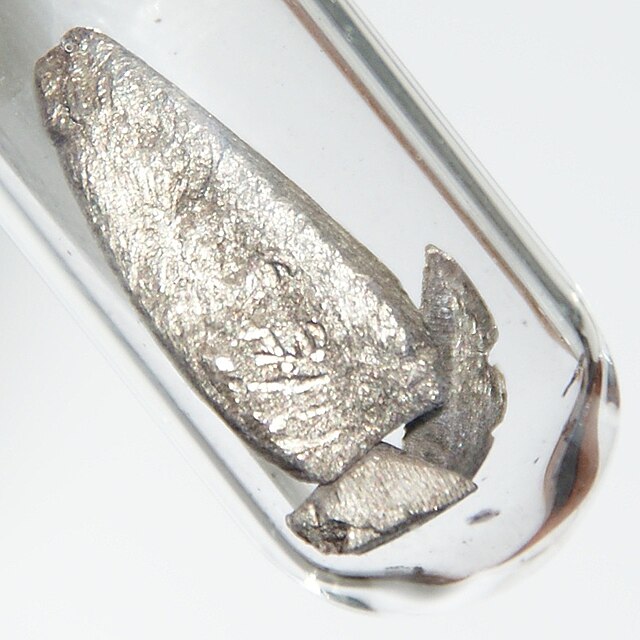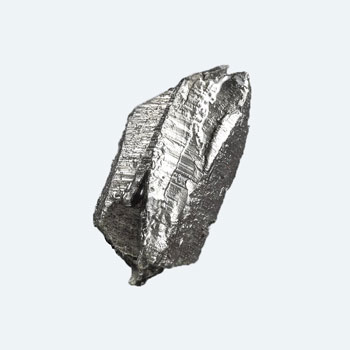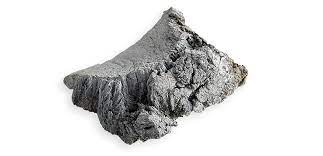Description
Europium is a rare earth element with the atomic number 63 and symbol Eu. It is known for its unique properties and applications, specifically in the fields of electronics and optics. Discovered in 1896 by the French chemist Eugène-Anatole Demarcay, europium was isolated from the mineral gadolinite, and its name is derived from Europe, reflecting its significance as one of the first rare earth elements to be discovered. Europium is characterized by its silvery-white appearance and is notable for its excellent luminescent properties, especially when it comes to phosphorescence and fluorescence. These traits make it an invaluable resource in the production of phosphors, which are essential for color televisions, LED displays, and fluorescent lights.
In addition to its optical applications, europium plays a critical role in the field of nuclear technology. It is used as a neutron absorber in nuclear reactors, helping to manage the fission process and enhance safety. The element’s ability to capture neutrons makes it important for controlling chain reactions and improving the efficiency of nuclear fuel cycles. Furthermore, researchers are investigating europium’s potential in various advanced technologies, such as quantum computing and photonic devices, due to its electronic and magnetic properties.
Despite its usefulness, europium is considered a rare element, with the majority of its production concentrated in a few countries, primarily China. The extraction and processing of europium can pose environmental challenges, prompting a growing interest in recycling and sustainable practices to harness these valuable elements. As technological advancements continue to evolve, the demand for europium is projected to rise, highlighting the need for responsible sourcing and innovation in materials science. Overall, europium’s multifaceted applications and strategic importance underscore its role as a key player in modern technology and industry.

